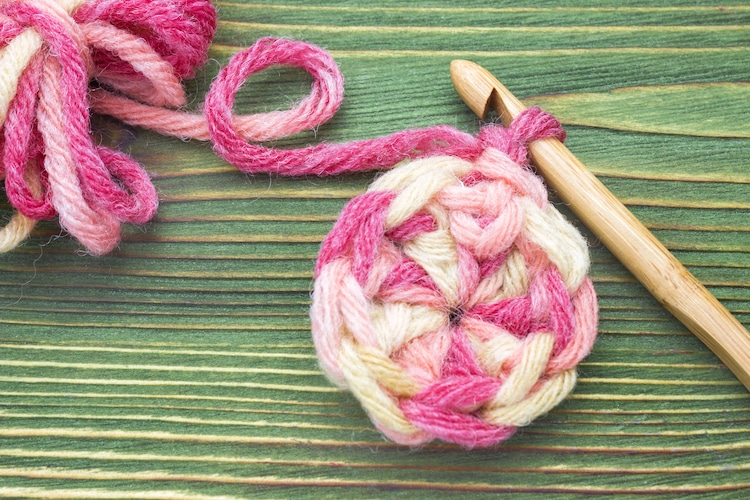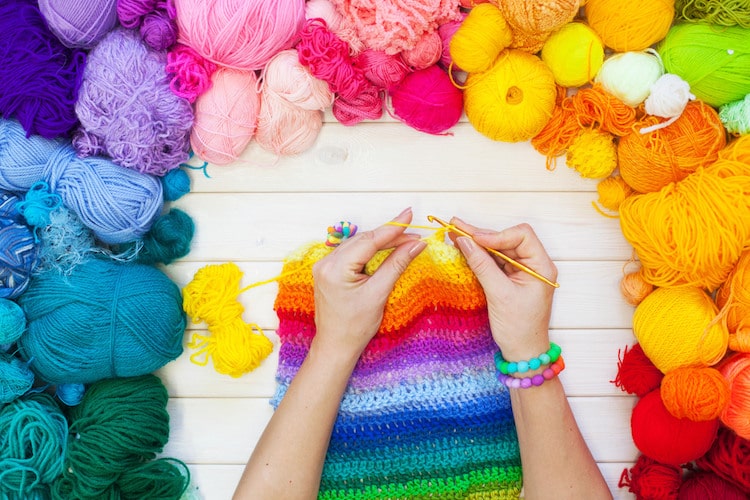It is well known that crafts like crochet help reduce stress and are a great way to express your creativity. With the recent re -revival of love for handicrafts, more and more human crochet discovers the versatility of the crochet business. Forget the old -fashioned idea that only grandmothers knit; Today, both beginners and professional textile artists continue to explore the creative opportunities of crochet business.
Fortunately, this is a relatively easy activity for beginners. You can start slowly with many techniques and dots that you can choose between them and get new skills over time. So what exactly is the crochet? This type of textile art uses a device with a hook, known as crochet or hook, used to create yarns, wool, yarn or rope loops that eventually form a piece.
Crochet hooks are available in any size, so you can work with socks, blankets, gloves, bags, hat, sweater and much more to produce more than ultra thin yarns or thick ropes. Most projects follow a crochet pattern that makes it easier to get the part you want, but some techniques such as free crochet are great for improvisation for those who love to improvise. Crochet is so very versatile that you can even leave aside a crochet: you can even knit with your fingers!

Crochet Basics
Basic Ingredients
To begin with, the most important materials you will need to create your piece are crochet and yarn, yarn or twine.
Crochet hooks – These metal or plastic tools come in different sizes depending on the thickness of the material you use.
Yarn (worsted) and yarns – This is the most fun part of crocheting: choosing the fibers! The type of yarn or yarn you need will depend entirely on the type of project you have in mind.
Scissors — Fiskars scissors are ideal for this type of hobby.
Crochet Stitch Markers – These little lock-shaped pieces will help you know where you stand in your pattern.
There are many different crochet stitches out there, but most projects start with a slip knot to secure the yarn to your hook and a chain to secure your entire piece.
Other basic stitches to help you get started with easy projects are the double crochet, half double crochet, and slip stitch.


Differences between needle knitting and hook knitting
At first glance, the differences between knitting and crochet may not be obvious to beginners. However, although both techniques use yarn or wool, there are many differences between them. The first and most obvious is the type of tools they use. One method uses two knitting needles to produce the piece, while the other requires a crochet hook. Crochet hooks come in a wide variety of sizes depending on the material used and are usually made of plastic, aluminum, steel, wood or bamboo.
You only need one hand to crochet some people prefer, and the pieces tend to be completed faster. The results are generally lighter and fit the body better than needle knit pieces. Although both use yarn or yarn, crochet is a little more flexible. It is possible to weave from fine threads to threads using awls of different sizes.
The types of points also vary. People who knit with needles mostly use two stitches, while crochet has a wide variety of elaborate stitches that allow you to create different effects. Since knitters can have several loops on their needles at once, the way the loops are formed is also different. There is usually only one active loop in crochet. (An exception is Tunisian crochet, a stitch that uses extra-long crochet hooks to produce pieces that look like knits.)
The similarity between the two is that both methods use patterns with abbreviations, and they’re often the same whether you’re needlepoint or crochet. Therefore, it is quite easy to switch from one technique to another. And of course you can produce the same type of products such as gloves, blankets, sweaters or slippers. It’s essential to have good hand-eye coordination and a lot of patience, so try both and decide which one works best for you.
